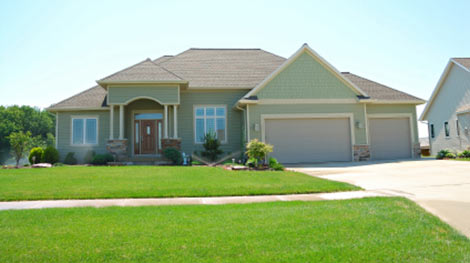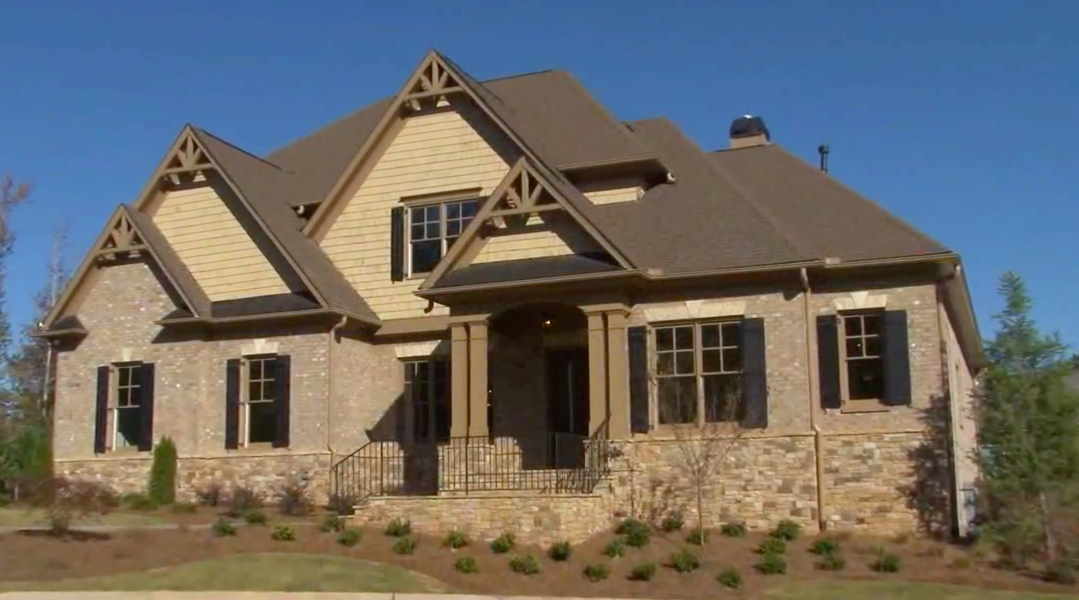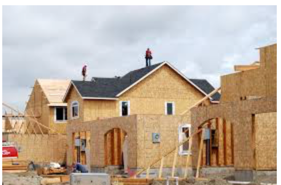All Kinds Of Construction Defects
Construction defects can cause a variety of building issues. Determining the root of the defect will depend on which area or areas of the house have been affected. Defects in the foundation, floor, or wall can be the direct result of soil issues, water issues, or even workmanship issues.
Questions about Building Issues and Problems?
Contact our experienced construction defect attorneys today!
When a builder starts a new project, there are a lot of decisions to be made. But before any decision is made the first step is to survey the factors that will impact these decisions. One important factor to consider is soil. Does the builder know what kind of soil upon which the building will be built? What type of contractor will the builder use and what is the budget for them? The builder also has to decide what products and what building material will be used. Before groundbreaking, the builder has to make a lot of decisions that can either help prevent or may actually cause some building issues. Soil issues are a leading cause of construction defect. If the land is not properly prepared, the soil, whether expansive or collapsing, can cause damage to all areas of your home, i.e. the floor, the wall, the foundation and even roof cracks.
If you are noticing problems with your foundation, you may be experiencing water-caused issues as well as or instead of soil issues. You need to obtain a professional assessment of the situation, discover what the root cause is and receive an estimate for the repair. Cracks you find on your foundation could be the result of the builder choosing the wrong contractor or choosing a substandard plumbing system. Either way, water issues can become even more severe when they begin to affect the foundation, floor, or wall.
If you are seeing roof cracks, then your construction defect can be due to faulty design. At times an engineer or architect can create a unique roof design that aesthetically is very pleasing but is functionality inadequate. It is the responsibility of the builder and architect to work together to ensure that a good design will not sacrifice proper functionality.
Building issues like roof cracks or foundation issues can be the root cause of many different construction defects. Do not wait to get an advocate on your side to help you take the right steps to resolve these issues. Contact an attorney today.
Types of Building Issues: Structural Failure, Poor Framing, VOC, Faulty Foundation, Deteriorating Asphalt Pavement, Windows and Doors Defects, Mechanical Defects, Finishing Issues/ Deteriorating Wood Trim, Exterior Wood Surfaces Not Painted, Cracked Tiles, Rotted Eave Boards
Structural Failure from Roofing Installed Incorrectly
One example is starting from the “top.” When a house has roofing installed incorrectly it can cause all sorts of building issues. If a contractor has poor workmanship in the roof, he or she can allow moisture to seep through. This can cause mold, mildew, or even dry rot. Dry rot can be extremely damaging. It attacks the wood leaving it discolored and inevitably ready to crumble. This can cause a structural failure like the roof collapsing or a hardwood floor collapsing. Like mold and mildew, dry rot needs a moist area to survive as well as poor ventilation or wood that has not been weathered properly. The moisture does not even have to be that high. This, again, can be the result of substandard workmanship or the purchase of faulty building materials. This is a construction defect that needs immediate attention. If you suspect that your home has roofing installed incorrectly or dryrot is growing, you must get a repair strategy in place. Depending on how far the dry rot has progressed, since structural failure is foreseeable, your home is not a safe place to reside.
Building Issues with Poor Framing
It is hard for a homeowner to know what poor framing can cause. In fact, some may assume that poor framing is due to an issue with the foundation when in reality the issue is with the inadequate workmanship or inferior quality materials put into the framework of the house. Poor framing can show symptoms such as cracks around doors and windows. Some define a construction defect as an issue that will lower the value of your home. Poor framing is definitely a construction defect. Not to mention, this is a devastating issue to have to deal with. It can cost thousands to repair. There are other signs of poor framing that a professional can recognize.
Poor framing, dry rot growing, roofing installed incorrectly and potential structural failure are not building issues you want to deal with on your own. These issues can be quite detrimental, costly to repair, time-consuming to deal with, and emotionally draining. You need an advocate that understands these construction defects and how the law allows you to deal with them. You need an attorney who has experience with construction defect cases. Do not hesitate to contact an attorney to formulate the best resolution plan for your home.
VOC
Your new home, condominium, or townhome should be a safe haven for you and your family. You buy a home with a sense of confidence that your home is built tightly and up to code and that the builder and developer has your best interest in mind. This is usually the case. But, sad to say, the housing development industry has experienced such a rapid growth that it’s hard to for building professionals to keep pace. When they have chosen a type of house to build they make decisions on the materials to use, e.g. carpets, plastics, or varnishes. These decisions are made quickly and frequently; consequently, choices are made without having enough information to make an adequate choice, or quite frankly with reducing costs wherever possible in mind.
The result of such a lack of due diligence is construction defects that can be quite a risk to someone’s health. For example, if a builder or developer hires a contractor that does not have the know-how to build a roof and is unable to recognize poor building material, then the roof will not be installed properly. Moisture can seep in causing mold issues, but to the contrary, the roof can be built tightly such that there is a lack of breathing room for the wood. VOC or volatile organic compounds can be released into the air and can get into the house. The VOC comes from an organic chemical compound that has vaporized into the air. These VOCs can come from paint thinners, dry-cleaning solvents, and other chemicals used in the building process. A builder, or more importantly, the contractor or subcontractor has to understand how different chemicals will react if for example the area they are going be used in is built tightly allowing for high vapor pressure. The contractor needs to know that volatile organic compounds are a serious potential problem that can also come from carpers, plastics or even varnishes.
If VOCs are not taken care of properly they can be released into the environment where they can cause soil contamination and/or groundwater contamination. VOC vapors can also add to air pollution. Your home that has off-gassing of the carpets and plastics can begin with being a problem for just you, but can quickly become your neighbor’s building issues, and his neighbor’s building issue.
You need an attorney who has experience with construction defect cases. Do not hesitate to contact an attorney to put together the best resolution plan for you and your home.
Faulty Foundations and EIFS (synthetic stucco) Installed improperly
Besides faulty foundations, lack of experience and excellent workmanship can become evident with your EIFS (synthetic stucco). If EIFS, a multi-layered finish, is installed improperly there are a number of symptoms you may see. Your EIFS can begin to crack and/or peel. EIFS (synthetic stucco) installed improperly can allow moisture or water to seep through into the walls. Usually when you see issues with EIFS, moisture is a factor. Once you have moisture in your walls, you have the potential for greater issues such as mold. You can begin to see leaks inside of your home. This trapped moisture may also create the perfect environment for mold or mildew to grow. Once mold or mildew starts to grow, what once was a somewhat easy and manageable fix has just jumped to a new level. Sometimes mold or mildew can be removed with household cleaners. If the mold spreads too quickly, you will need a professional cleaner to come and remove it. EIFS (synthetic stucco) installed improperly can be a silent destroyer. You could have a small enough crack you don’t notice that it has allowed this mold to grow beyond control. Cracks in the stucco could be a cause of the soil movement. This would mean that the builder did not take into account the type of soil where the house is built.
Damage seen in stucco could be cracks that are caused by soil movement. EIFS has layers that do not breathe. This is not an issue until moisture is present. If there is a problem with material used to construct the walls, the roof, or any other area that would allow for moisture to seep into the EIFS, you will see stucco and EIFS problems. In addition, this moisture leakage could be due to poor construction material, poor contractor work or simply poor or lack of proper soil analysis.





